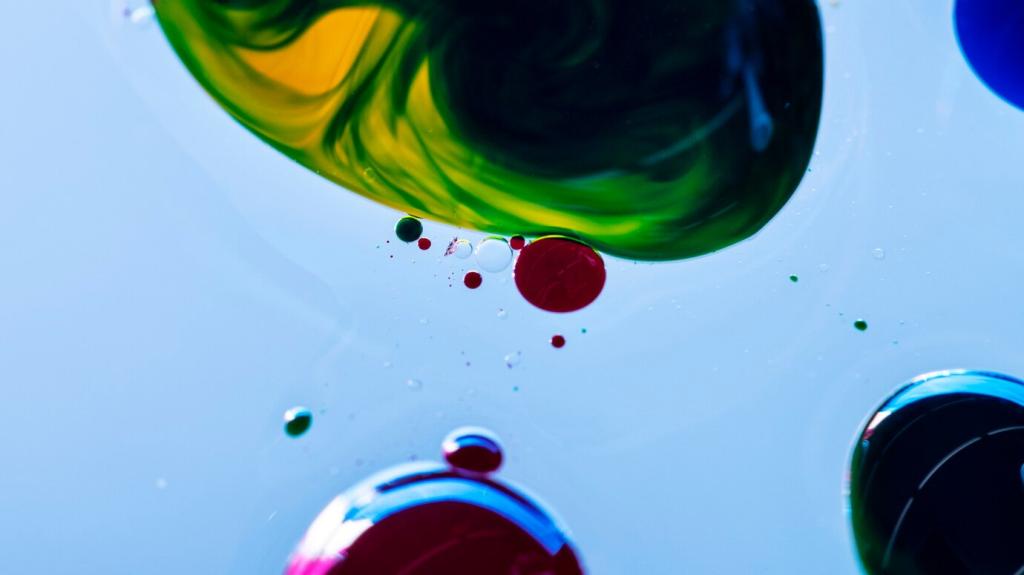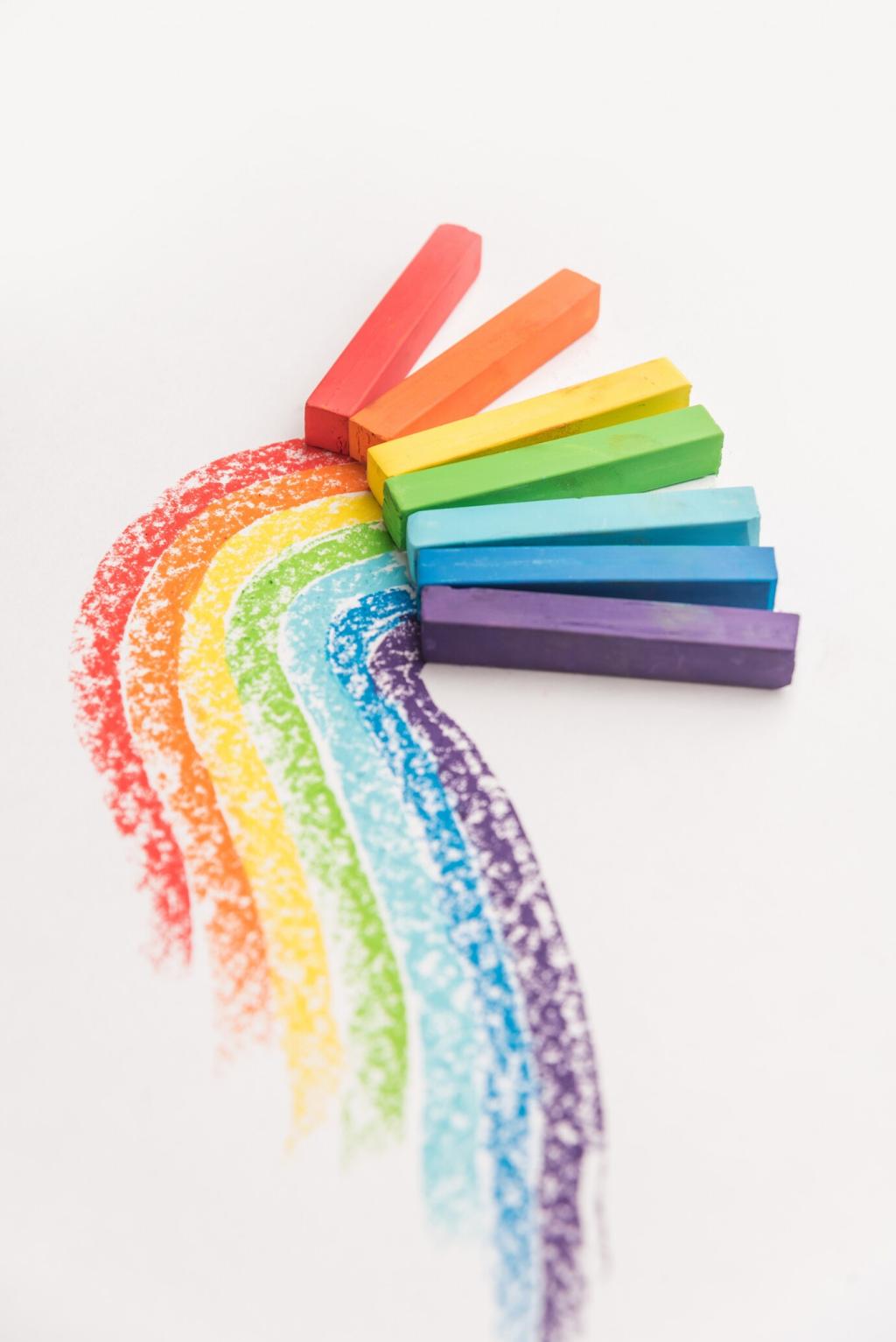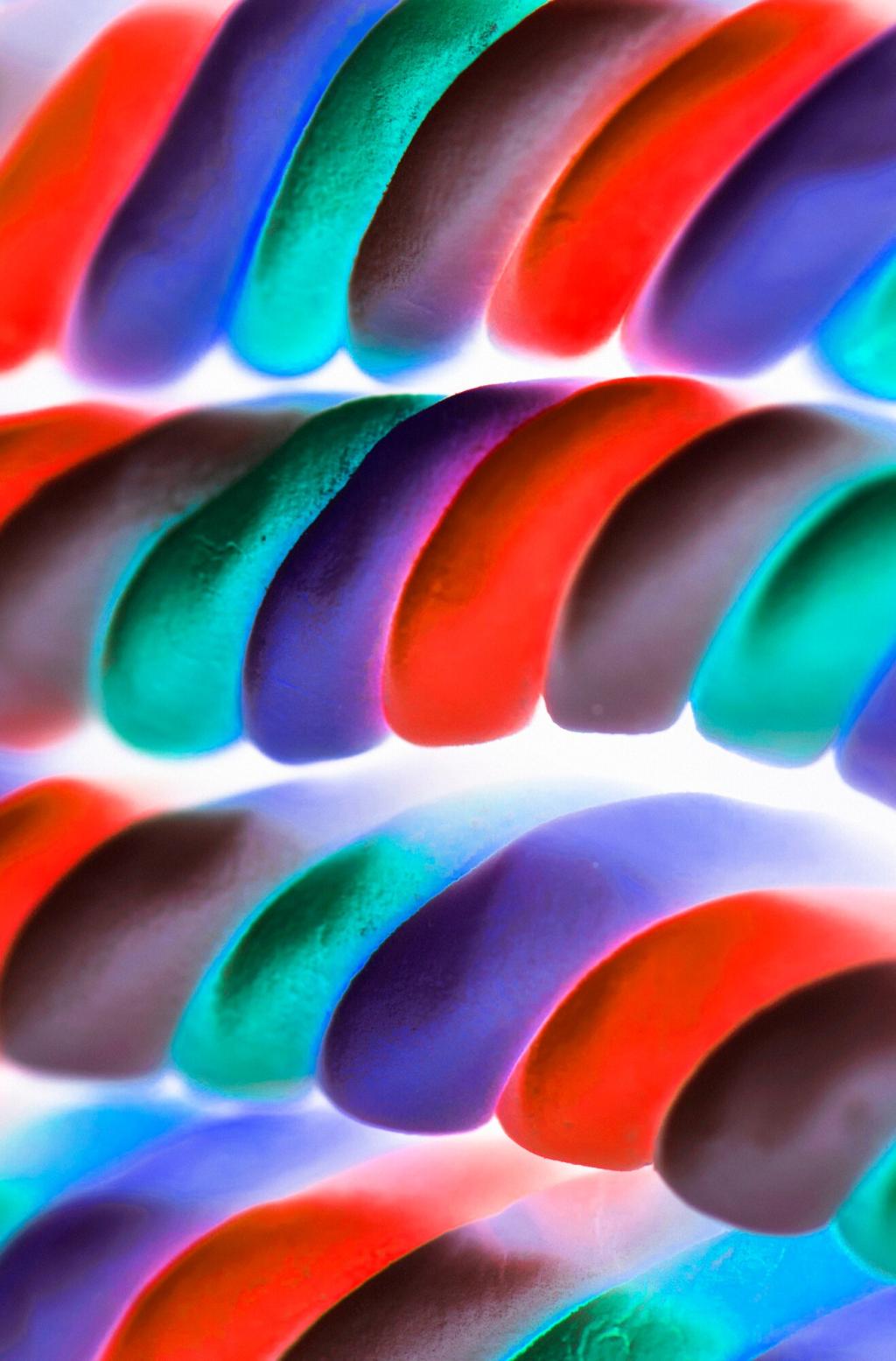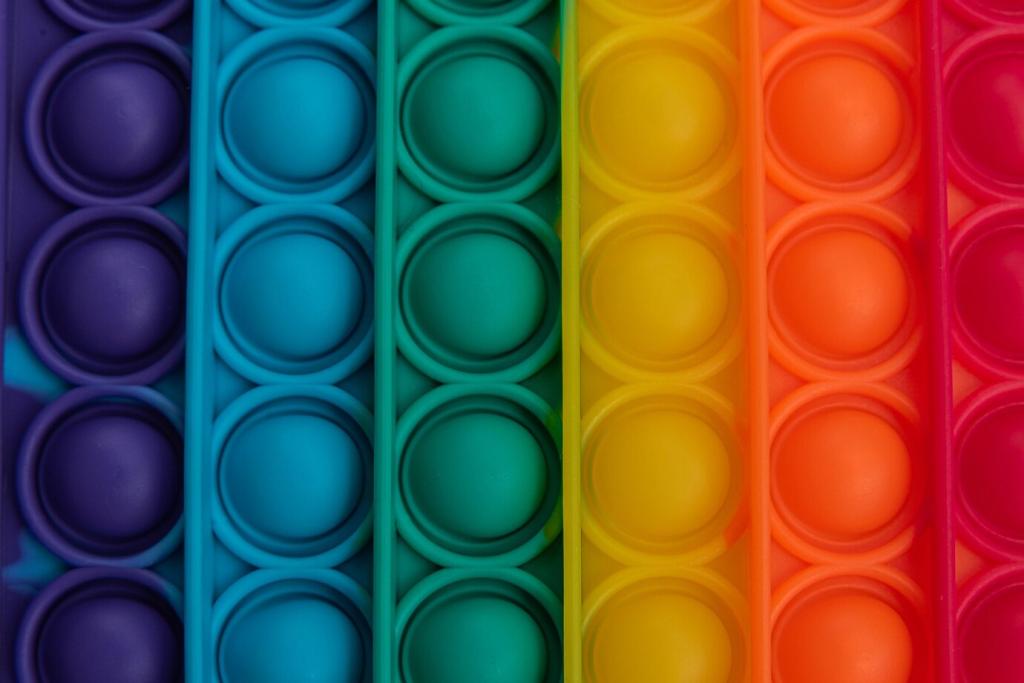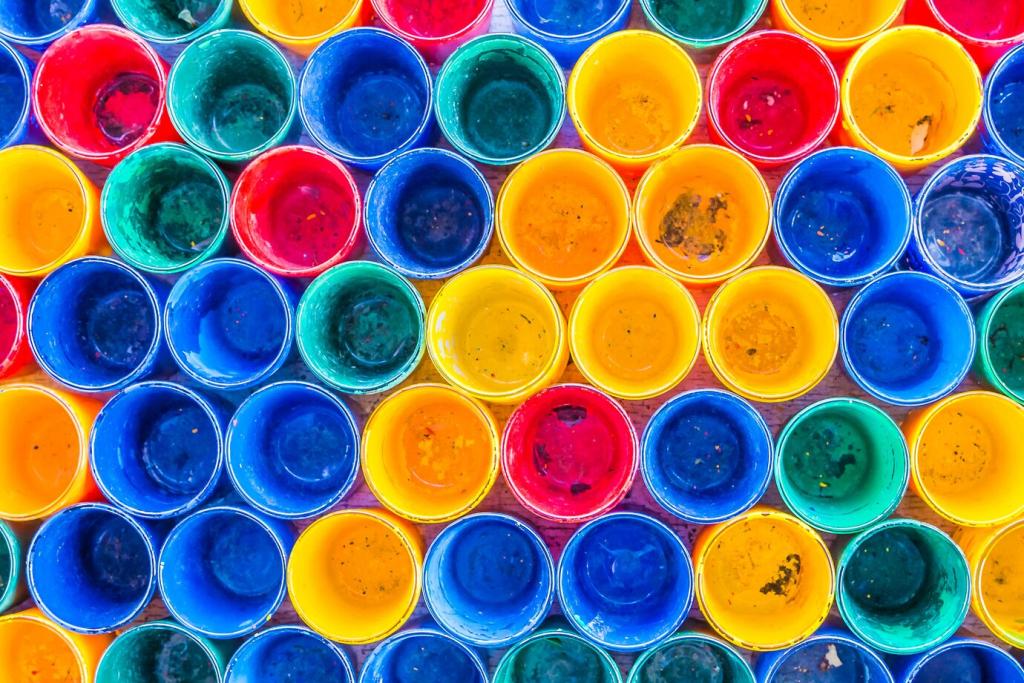A Garden Story: From Patchwork to Harmony
A client’s yard mixed white stone, red mulch, neon blooms, and painted furniture. Despite effort, nothing felt cohesive. Colors competed, creating fatigue rather than welcome or wonder for family and guests.
A Garden Story: From Patchwork to Harmony
We audited existing hues—warm clay soil, honeyed fence boards, and a cool-gray patio. We swapped red mulch for tawny gravel, edited blooms to dusty pinks, and replaced plastic chairs with oiled wood.





